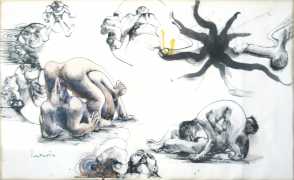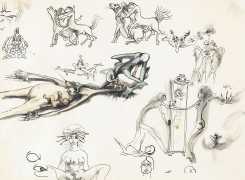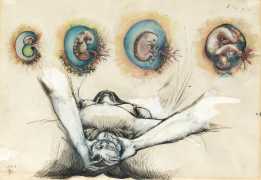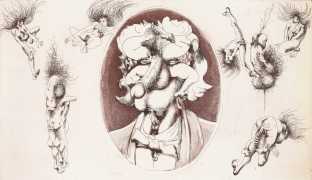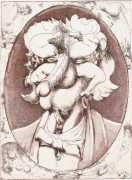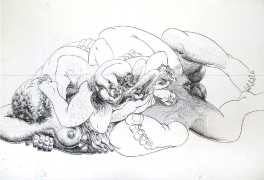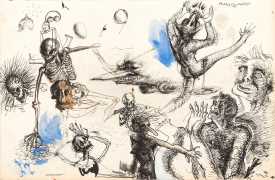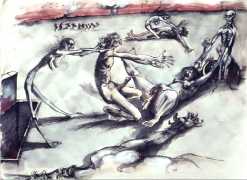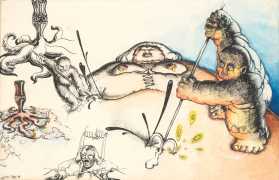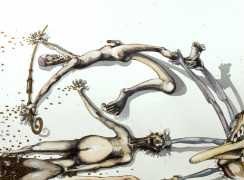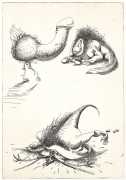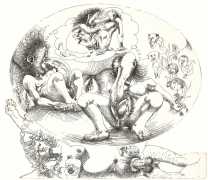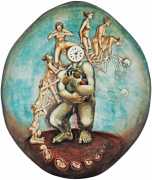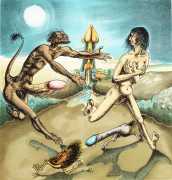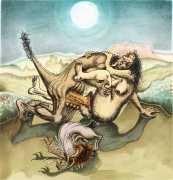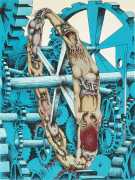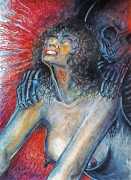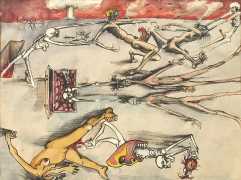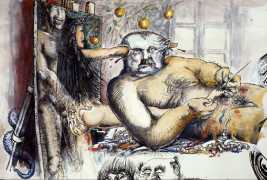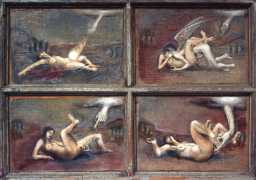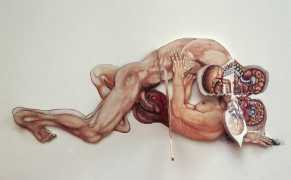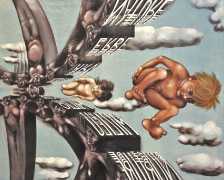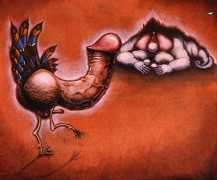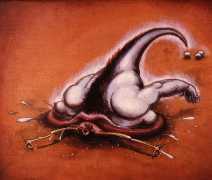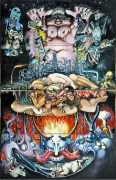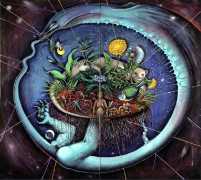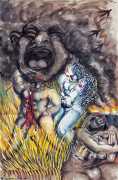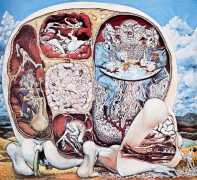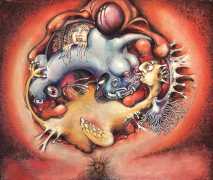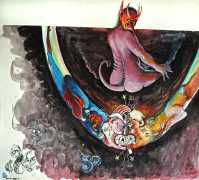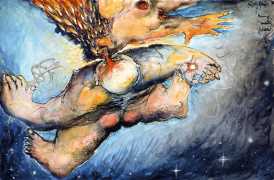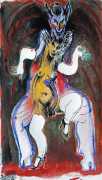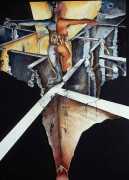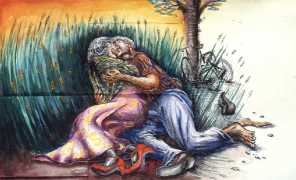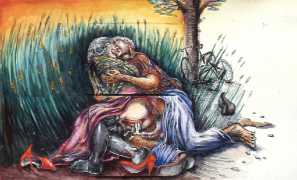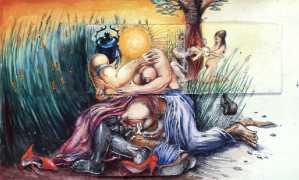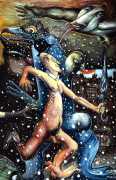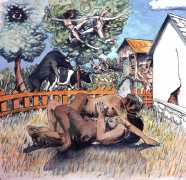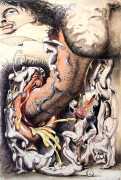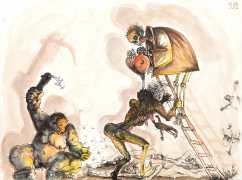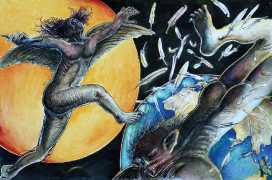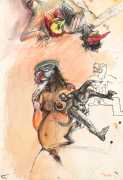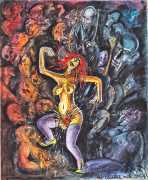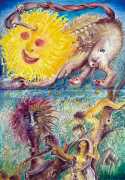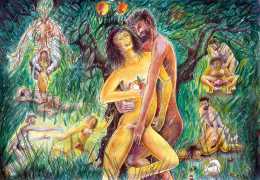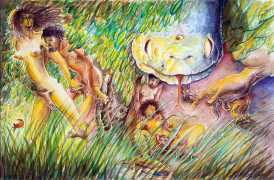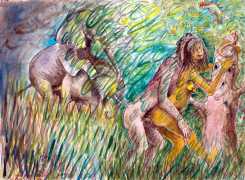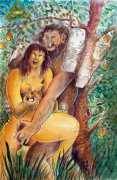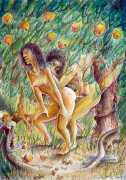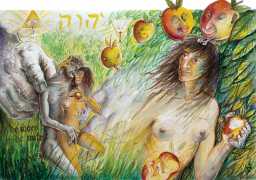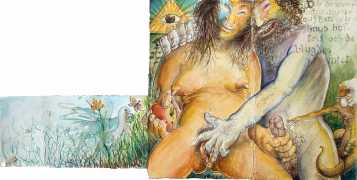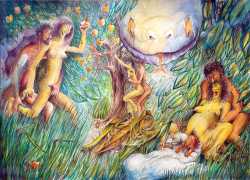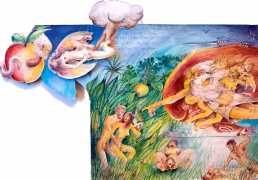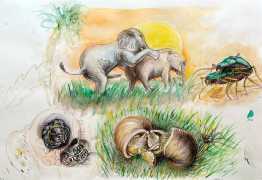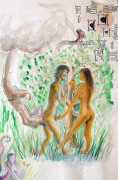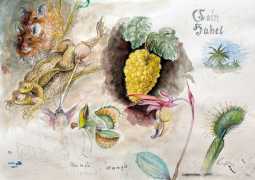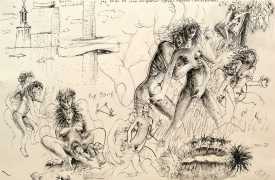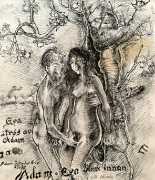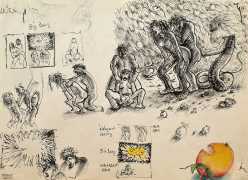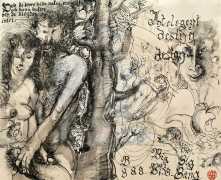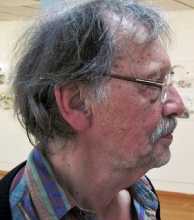 In the introduction to a major 2012 overview of the work of Ulf Rahmberg, Channa Bankier describes him as ‘A dark prince who drills without reservation deep into the undergrowth of the human condition, creating entangled dark images of power relations and sexuality. From images of intercourse that might have come from an anatomical handbook to space fantasies, psychedelic cities, and political satires full of horrific machines and hollowed-out people, Ulf Rahmberg was one of the most innovative artists harnessing the spirit of the 1960s, and has continued to combine fine art with popular culture, often reaching deep into the heart of politics.’
In the introduction to a major 2012 overview of the work of Ulf Rahmberg, Channa Bankier describes him as ‘A dark prince who drills without reservation deep into the undergrowth of the human condition, creating entangled dark images of power relations and sexuality. From images of intercourse that might have come from an anatomical handbook to space fantasies, psychedelic cities, and political satires full of horrific machines and hollowed-out people, Ulf Rahmberg was one of the most innovative artists harnessing the spirit of the 1960s, and has continued to combine fine art with popular culture, often reaching deep into the heart of politics.’
The Swedish artist Jarl Ulf Rahmberg grew up in Borås in southern Sweden. He studied decorative art in Stockholm at the Högre Konstindustriella Skolan (Higher School of Art and Design, now renamed Konstfack) from 1952 to 1957, and the Kungliga Konsthögskolan (Academy of the Arts) from 1962 to 1967; he also made several study trips to the Netherlands, Italy and Spain. He first exhibited in Köping in 1959 and has since participated in a large number of individual and group exhibitions. In 2012 a major retrospective, ‘Lustarnas trädgård och civilisationens nedräkning’ (The Garden of Lust and the Countdown of Civilisation), was held at Borås Art Museum.
Rahmberg’s work is highly detailed and surrealistically grotesque, often drawing on older art styles including those of Heironymus Bosch, Giuseppe Arcimboldo and Pieter Brueghel. He is best known for his socially critical paintings, taking on capitalism, violence, oppression, technology and environmental destruction, yet he also has a whimsical streak which can bring a lighter, more ironic edge to his subjects. In contrast to the subject matter of many of the images, most of his work is painted in glowing intense colours.
He often uses sexual metaphors, though these are as often about the cycle of life and the relationship of humans and the natural environment as they are about purely sexual interaction.
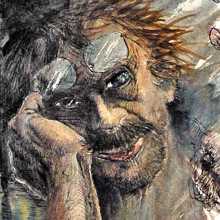
In 1968, together with younger colleagues Lars Hillersberg, Karin Frostenson, Carl-Johan De Geer, Marie-Louise Ekman and Lena Svedberg, Rahmberg was one of the driving forces behind the satirical underground magazine Puss. Founded in 1968, the magazine published a total of 24 issues, the last in 1974. Puss was engaged in environmental and local politics, and was filled with powerful images, challenging and provocative. As Rahmberg wrote more than four decades later, ‘Many of the problems that we highlighted in Puss still remain. Even though the names have changed over the years, the same imbalance of power is still firmly in place’.
Ulf Rahmberg is an important, innovative, thought-provoking artist who deserves to be much better known beyond his native Sweden.
We would like to thank our Russian friend and contributor Yuri for introducing us to the work of this artist and supplying many of the images.


